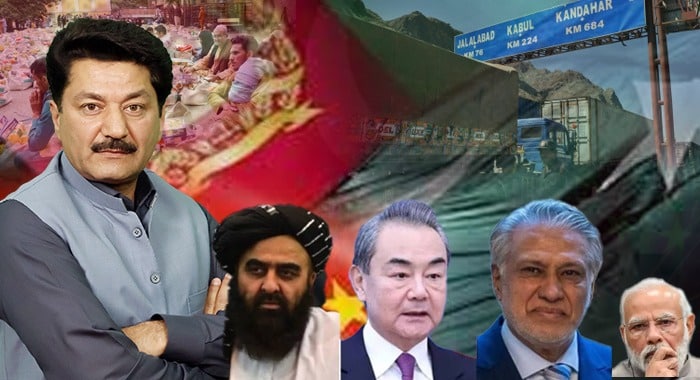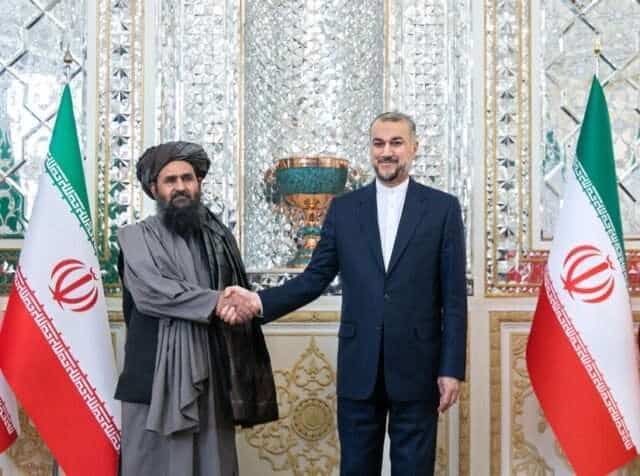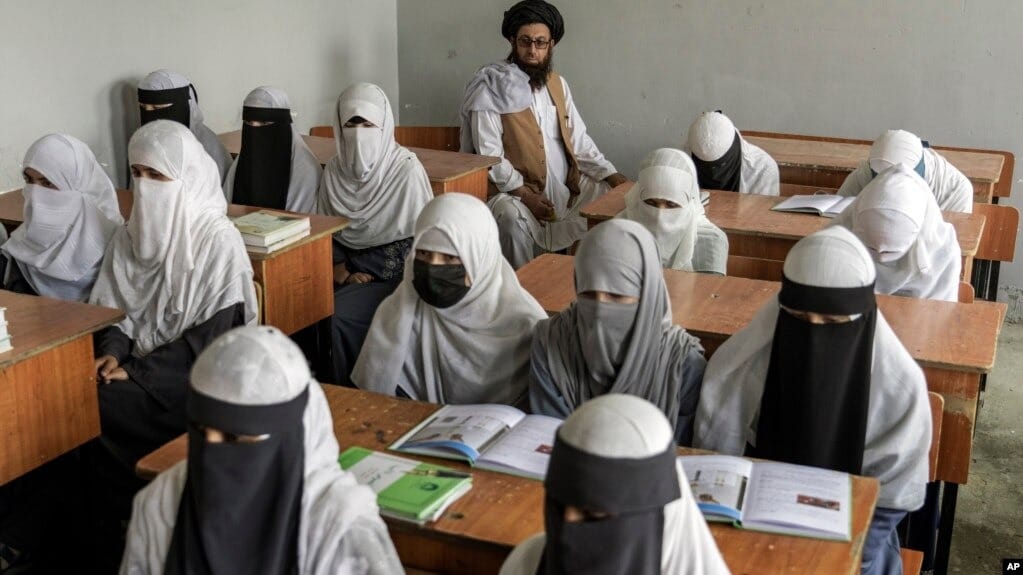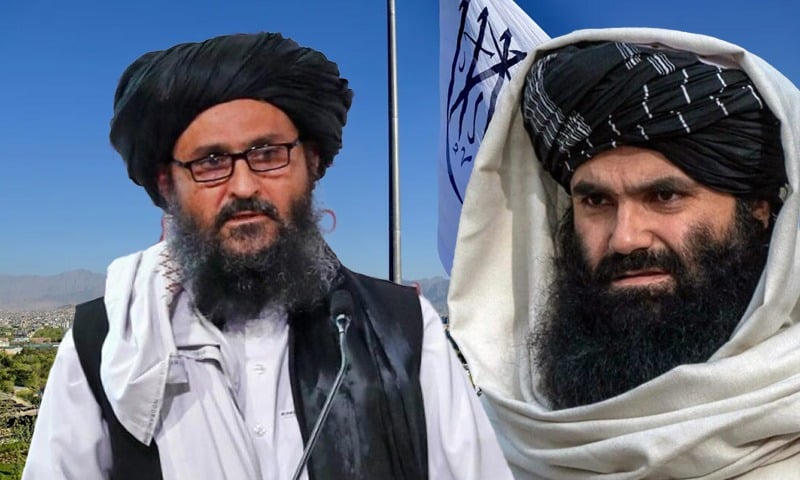India’s recent decision to increase humanitarian aid to Afghan refugees, raising its assistance budget to ₹100 crores and dispatching ration supplies, has triggered renewed scrutiny across the region. While on the surface this move appears generous and timely, observers in Pakistan are viewing it through a more cautious and geopolitical lens—arguing that India’s renewed engagement with Afghanistan is less about compassion and more about strategic posturing in the region, particularly vis-à-vis Pakistan.
Pakistan’s Longstanding Role in Hosting Afghan Refugees
Before unpacking the optics of India’s aid, it is crucial to recognize that Pakistan has hosted millions of Afghan refugees for more than four decades—a commitment that predates any recent initiative from New Delhi. Over these years, Pakistan has not only provided basic shelter but also integrated Afghans into its economic, educational, and healthcare systems. Unlike other refugee-hosting countries that often confine refugees to camps, Pakistan allowed them to live freely, establish businesses, and access public services, with little differentiation made between Afghan refugees and local citizens in many areas.
From Karzai to Ashraf Ghani, successive Afghan governments enjoyed close ties with India. During these years, India’s involvement in Afghanistan extended to infrastructure projects and the establishment of multiple consulates. Many in Pakistan questioned the need for such a large Indian diplomatic footprint, suspecting it as a cover for intelligence operations aimed at destabilizing Pakistan’s western frontier.
Aid with Strings? Concerns over Intentions
India’s latest move, therefore, is not being viewed in isolation. The timing of the aid, following several attacks in Pakistan and rising tensions along both its eastern and western borders, raises valid suspicions. What appears to be aid is seen by some as a strategic entry into the Afghan space vacated by the U.S. and NATO. With America’s retreat and growing regional scepticism towards India’s claims, Afghanistan may present the only frontier where India sees an opening to apply pressure on Pakistan.
Moreover, allegations persist regarding India’s covert support to militant proxies operating in Pakistan, particularly in Balochistan and Khyber Pakhtunkhwa. The emergence of groups such as BLA (Balochistan Liberation Army) and other separatist factions allegedly receiving foreign funding and training has only added to Islamabad’s wariness.
Educational Outreach and Diplomatic Restraint
While India sends food, Pakistan has been educating Afghan youth, offering them scholarships and allowing them to fly their national flag at convocations across Pakistani universities. At institutions like Bacha Khan University and IM Sciences Peshawar, Afghan students have not only been welcomed but celebrated—highlighting Pakistan’s soft power strategy and its desire to cultivate long-term goodwill with Afghanistan’s new generation.
Additionally, Pakistan’s diplomatic engagements with the Afghan Taliban, and more recently, the trilateral talks involving China, Pakistan, and Afghanistan, show that Islamabad is pursuing stability through dialogue, trade, and security cooperation—rather than military confrontation. The recent meetings in Kabul and Beijing mark a new chapter in regional diplomacy, and one that includes Afghanistan as a partner rather than a pawn.
Indian Media Narratives and Misplaced Hype
Indian media has given significant airtime to speculative reports—ranging from secret visits of Afghan leaders to potential back-channel negotiations with Indian officials. One such figure, Ibrahim Sadr, was reportedly seen in India, prompting questions about his intent and the timing of his visit. However, no official statement or confirmation has been provided, leaving room for rumours, disinformation, and over-interpretation.
The obsession with constructing a narrative around India’s growing influence in Kabul seems, at best, inflated. At worst, it could be a pretext for misdirecting public opinion ahead of possible false-flag operations or domestic political distractions, especially as internal criticism of the Indian government’s security failures and foreign policy inconsistencies continues to mount.
Realpolitik: A Region at Crossroads
The reality is that Afghanistan’s interim government remains unrecognised internationally, and it is in their own interest to maintain a balanced foreign policy, as highlighted by recent statements from the Afghan Ministry of Foreign Affairs. While the Taliban leadership may accept calls from Indian officials or host delegations, they are equally engaged with China and Pakistan in crucial talks.
India’s ambitions to project itself as a key player in Afghanistan are not inherently problematic—but when cloaked in humanitarian language while serving strategic motives, they deserve scrutiny. Humanitarian aid should never be weaponized or politicised, especially when dealing with a country as war-ravaged and vulnerable as Afghanistan.
Aid, Allegiances, and the Afghan Question
Pakistan’s caution is not paranoia—it is the product of decades of hosting millions of Afghan refugees, bearing the brunt of cross-border terrorism, and weathering geopolitical betrayals. If India is genuinely invested in the well-being of Afghans, it must match its aid with transparency and decouple it from intelligence objectives.
As the region teeters between diplomacy and disruption, the path forward lies in multilateral engagement, not unilateral gestures driven by rivalry. True regional peace will come not through ration bags, consulate deals, or secret visits—but through trust, dialogue, and a shared commitment to stability.





